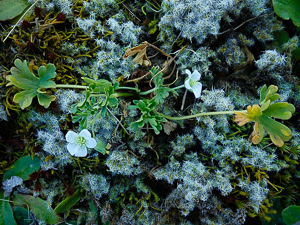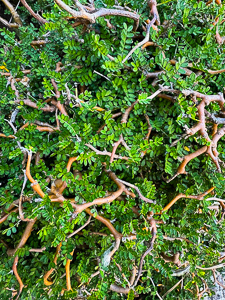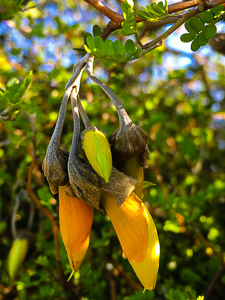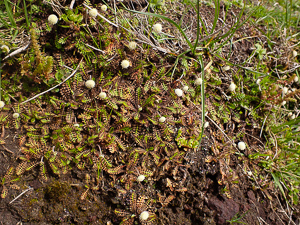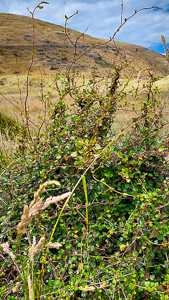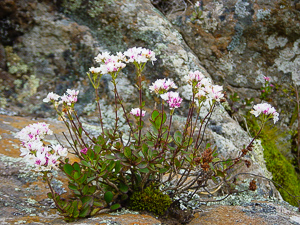Native Plants
Liadan Dickie has put together a richly illustrated guide to the flora you may encounter when climbing in the Port Hills, along with a call to climbers to protect and conserve them.
Introduction
As any Christchurch climber knows, the Port Hills and Banks Peninsula are a rocky pile of choss created by several ancient volcanoes. Many plants are found only on the Banks Peninsula due to its unique combination of geology and climate. Formerly mostly forested, intentional and unintentional fires over the past 200 years have reduced forest cover to less than 2%. Combine this with ongoing threats, and many of the peninsula’s unique plants are at imminent risk of extinction. It’s important we recognise the special plants we share the crags with, and do our best to protect and conserve them. Not only do we have an ethical obligation to conserve Aotearoa’s deep heritage and history, but failing to respect our surrounding environment could mean losing access to many of our favourite crags.
The threats and how you can help
Oblivious climbers can trample plants. Yes, you need to belay from a good spot, but if that spot is home to a threatened native groundcover like pygmy button daisy, look around for another safe spot you could stand, or consider climbing a different route. It’s not just unintentional trampling that’s an issue though. Have you ever heard of someone ‘cleaning’ or ‘gardening’ a route? Don’t do this. Many of the plants and lichens you remove when doing so may be threatened and near extinction. Even if they are not threatened, you are damaging the natural environment that we rely on for enjoyment in the outdoors. Is your experience on a route worth that?
…
Download Liadan’s “Climber’s Guide to Native Plant Conservation”
